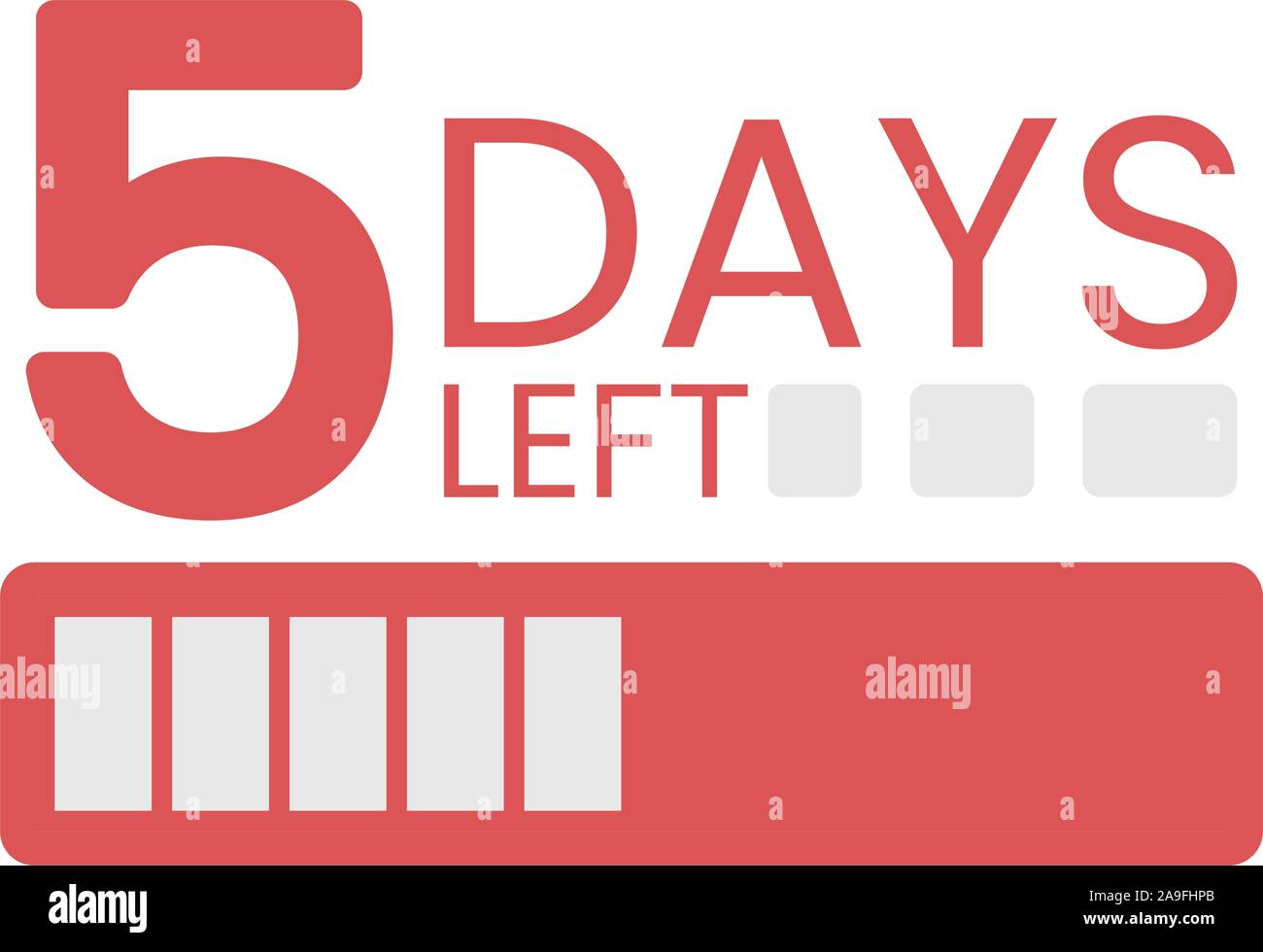
When an electrical load is placed across a battery’s terminals (starter motor, headlight, etc.) the sulphuric acid breaks down, the resulting sulphate ions travel to the negative plates and react with the plate’s active material giving up their negative charge through ionisation. The sulphate ions are negatively charged, while the hydrogen ions have a positive charge. The electrolyte solution contains charged ions, made up of sulphate and hydrogen. Interesting how your reports are indicating the batteries seem to be charging beyond their rated capacity though.Battery Discharging & Charging Characteristics for Motorcycle and Powersport batteries Battery Dischargingĭischarging or charging is always occurring inside a battery at any given time. I'm sure lowering the maximum charge made a big difference here. My iPhone 6s is only seven months old yet is already double the wear level. It spends its time at around the same temperature (between 27℃ and 30℃), but is kept at a maximum of 70% charge.
Battery status discharging full#
Yet with my notebook computer (Lenovo ThinkPad E430), the battery in it has had 183 cycles but only 7% wear level (current full capacity 49.14Wh vs rated capacity of 52.84Wh). Battery spends most of its time at 100% charge. It will go down to around 25℃ with the screen off/phone locked. From my observations of AIDA64 over the last few days, the iPhone 6s' battery seems to hover around 30℃ if the phone is unlocked and screen is on with medium brightness (23℃ ambient temperature).

I'm not surprised my iPhone's wear level is average, a typical lithium-ion battery would have this wear level after the conditions it's been subjected to. As I wrote, battery controls are the kind of thing Apple should be implementing themselves (but choose not to), so I'm letting you guys know in case you find other undocumented methods that there's demand for maximum charge control.

I understand completely, it's quite amazing you found the undocumented method to bring the battery details up in the first place, and for that I'm thankful. (After all, Tesla does this in its electric cars - allows users to specify the maximum charge between 50-100%, so yeah.) This is a bit of a long shot as this is something Apple should be implementing themselves (but won't), but if you could find a way to limit the maximum charge of an iOS device, that would be fantastic. My iPhone 6s battery has only had 235 cycles but is already at a 13% wear level, and I've only owned it for seven months now. Charging to 4.3V or even 4.4V on a regular basis is great for getting long single charges each day, but it wears these Li-ion batteries out extremely fast. One thing I have always wanted to do is be able to set a maximum charge limit on the battery - as battery endurance is heavily impacted by the maximum charging voltage (in addition to time, charge cycles and temperature), I've always wanted to keep my devices from charging above 4V (around 70% of maximum charge) to help prevent the battery from wearing out too quickly (my iPhone is almost always plugged into a charger as I am 'chained' to my desk most of the day). Thanks for adding all the battery data to AIDA64 on iOS - being able to see voltage, cycle count and current goes a long way in helping to properly preserve and maintain the battery on my iPhone.


 0 kommentar(er)
0 kommentar(er)
